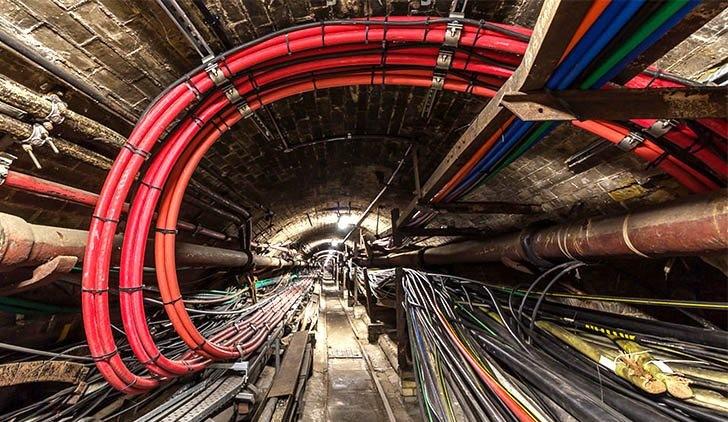Overview
Middleton Group’s client required a feasibility and engineering estimate for the supply, installation, and commissioning of a 500kV underground twin circuit cable system including cable joint bays, cable circuit configurations, earthing requirements, and transition station. The feasibility and engineering estimate was required to consider different terrain types, thermal resistivity, and slope considerations.
Challenge
When considering underground cable installation, the main cost associated with the works consists of the civil component. Soil/terrain types, rock and slope characteristics including construction methodologies and practices have significant time and cost implications equating to approximately 25% to 50% variation in cost, and 100% in project duration. These considerations and a combination of several or all were required to be assessed and feasibility and engineering estimate generated.

Solution
Middleton Group, in conjunction with a cable manufacturer, modeled and produced preliminary cable trench designs for all different scenarios considering soil type and thermal resistivity ratings for cable losses. Further detailed investigation and construction methodologies were formulated to cater for differing terrain types and slope implications as this would affect on-site work production rates. Each scenario was evaluated and a “per kilometer” rate evaluated providing the client with a low to high engineering cost estimate.
Results
A detailed preliminary design and engineering cost estimation report was issued for the client providing transition station layouts, cable joint bay configurations, cable circuit layout, and detailed engineering cost estimates for all-terrain scenarios. The report and details contained could be utilised by the client for future scoping of potential projects in all location types. The “per kilometer rates” provided permitted the client to prepare detailed project estimates with sufficient information for potential risk loadings. The engineering estimates were market-tested and were within 5% to 10% of current industry standards.

